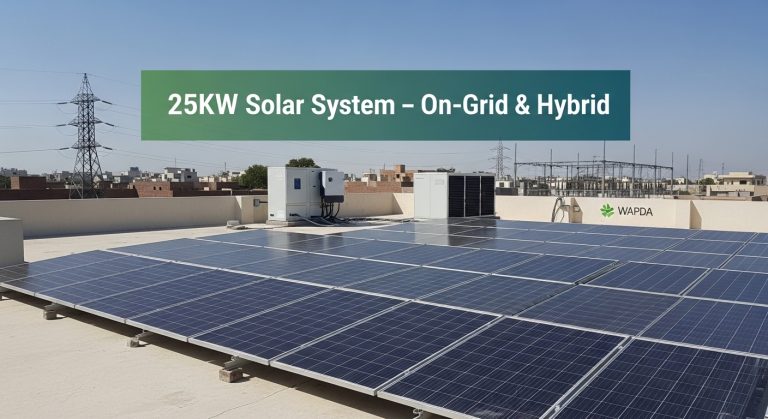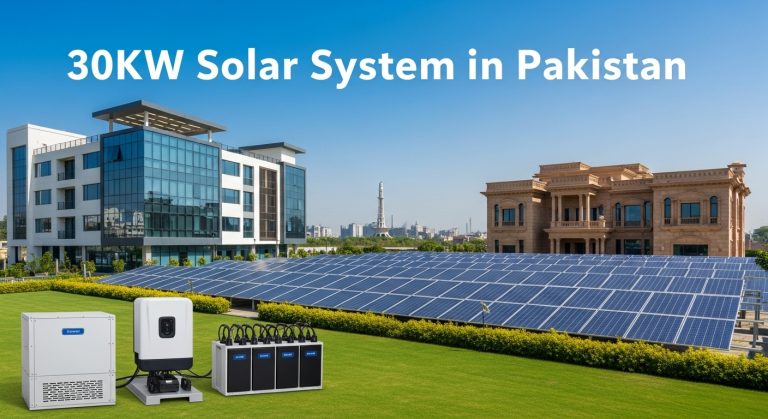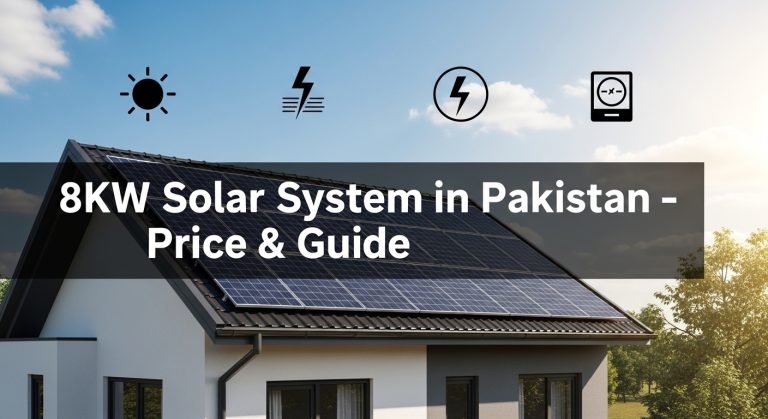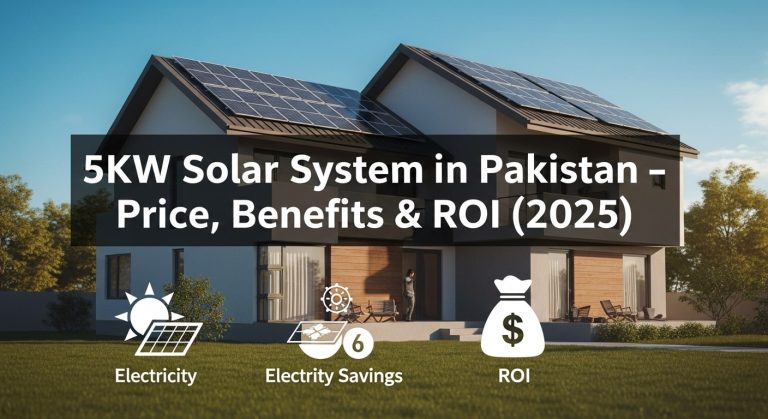A Ray of Power: The Comprehensive Guide to Solar Panel System Installation
Installing solar panels has become a strong and affordable option for homes, companies, and communities in a time when sustainability is one of the world’s top concerns. This thorough guide illuminates the path towards obtaining clean, renewable energy by examining the important factors, factors to be taken into account, and the procedures involved in installing a solar panel system.
Comprehending Solar Panel Systems
Components
Solar panels, inverters, mounting frames, and electrical wiring are some of the essential parts of a Solar panel installation in Lahore Comprehending the interplay among these components is essential for an effective installation.
Types of Solar Panels
The most prevalent types of solar panels are thin-film, polycrystalline, and monocrystalline. The choice for a particular installation is influenced by the pros and downsides of each type, including cost, efficiency, and aesthetics.
Evaluation and Planning of the Site
Solar Potential
Determine the site’s solar potential before installation. The effectiveness of the solar panels is affected by various factors, including exposure to sunshine, shade, and the angle of the roof or ground-mounted system.
Roof Condition and Structural Analysis
Assess the roof’s structural soundness and condition in order to install rooftop installations. Make sure the construction is strong enough to sustain the weight of the solar panels and is resistant to the elements.
Local Laws and Permits
Verify local laws and acquire the required permits before installing solar panels. Adherence to specific rules or constraints may be necessary for a legally compliant installation in certain places.
Design of the System
Energy Needs Analysis
Determine the size of the necessary solar panel system by evaluating the property’s energy needs. The system size is influenced by variables like past energy usage, projected growth, and particular energy objectives.
Inverter Selection
Depending on how the solar panels are arranged, select the right kind of inverter. Power optimizers, string inverters, and microinverters are popular choices, each with advantages and configurations that suit them well.
Optional Battery Storage
Take into consideration including battery storage in off-grid or backup power systems. When there is little sunlight or a power outage, batteries can be used to store excess energy produced during sunny periods.
Selecting an Expert Installer
Credentials and certificates
Pick a reliable solar panel installation who possesses the required credentials and certificates. To guarantee proficiency and respect to industry standards, look for credentials like those from the NABCEP (North American Board of Certified Energy Practitioners).
Referrals and Reviews
Look up the installer’s track record online and through referrals. A trustworthy service provider will have a history of completed installations and satisfied clients.
Financial Considerations
To compare prices, get estimates from many installers. Instead of concentrating only on the initial installation cost, take into account the total value, which includes warranties, maintenance, and post-installation support.
The installation procedure
Preparing the installation site entails a number of tasks, such as making sure the roof is ready for rooftop installations or clearing space for systems that are put on the ground.
Installing Mounting Structures
To secure the solar panels, install mounting structures. For maximum solar exposure during the day and throughout the seasons, the angle and direction are vital.
Electrical Wiring and Connection
Attach the solar panels to the inverter via electrical wiring. The DC (direct current) produced by the panels is changed into AC (alternating current) by the inverter so that it may be used in residences and commercial buildings.
Grid Connection (If Applicable)
If the solar panel system is part of a grid-tied system, connect it to the electrical grid. As a result, extra energy can be generated and supplied back into the grid, potentially earning homeowners credits or other recompense.
Commissioning and Testing
System Testing
Make sure every part of the solar panel system is operating as it should by thoroughly testing the complete setup. This include inspecting the inverter’s functionality, electrical connections, and overall system effectiveness.
Commissioning
After testing is completed successfully, commission the system by formally turning it on for continuous use. This is the moment when the solar panel system starts generating renewable, clean electricity.
Observation and upkeep
Performance Monitoring
Install a monitoring system to keep tabs on the solar panel system’s performance. This enables businesses or homeowners to monitor energy production, identify possible problems, and enhance system efficiency.
Regular Maintenance
Although solar panel systems require little upkeep, they still need to be checked and cleaned on a regular basis to guarantee maximum effectiveness. Plan regular inspections to find and fix any problems as soon as they arise.
Government Finance and Incentives
Tax Credits and Incentives
Look into the tax credits, rebates, and other government incentives that are available for solar systems. Financial incentives are offered by several governments to promote the use of renewable energy.
Financing choices
Look into solar loans, leasing, and power purchase agreements (PPAs) as examples of financing choices. By distributing the initial costs over time, these solutions increase accessibility to solar panel installations.
Conclusion
Installing a solar panel system in pakistan is a life-changing path to cost savings, energy independence, and sustainability. The procedure entails careful thought and cooperation with expert installers, from initial planning and site evaluation to continuing monitoring and possible updates. Solar power systems are turning into a ray of hope for a cleaner, more sustainable energy future as technology develops and international initiatives to address climate change increase. Adopting solar energy helps people and companies achieve their financial goals as well as the shared objective of building a more resilient and environmentally friendly world.





